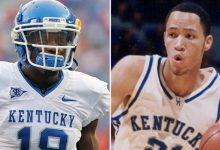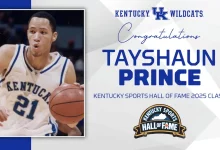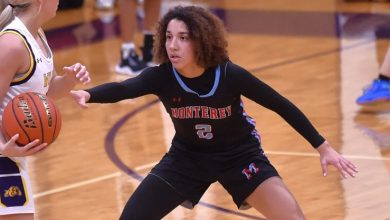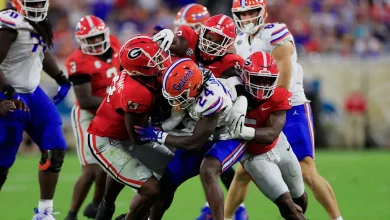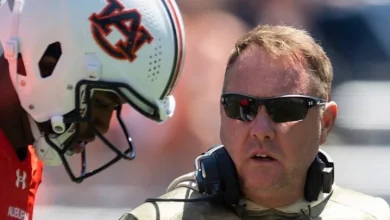The Auburn football summer report highlights the secondary as the most influential position group for 2025, emphasizing its potential to significantly impact the team’s success.
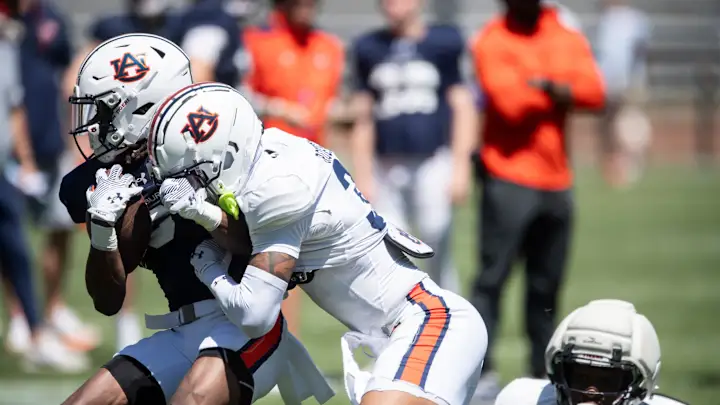
In the ever-evolving landscape of college football, certain position groups emerge as pivotal to a team’s success, shaping defensive strategies, influencing game outcomes, and laying the foundation for a winning culture. For Auburn football in 2025, the secondary—the group of cornerbacks and safeties—stands out as the most impactful unit, with its potential to dramatically influence the Tigers’ defensive performance and overall team trajectory. This assertion is not made lightly; it stems from a comprehensive analysis of positional importance, recent trends, recruiting developments, and strategic shifts within the program.
The Critical Role of the Secondary in Modern Football
The secondary’s influence in contemporary college football cannot be overstated. As offenses become more sophisticated with spread concepts, RPOs (run-pass options), and deep passing attacks, defenses must adapt by deploying versatile, athletic, and intelligent players in the back end. The secondary is tasked with defending against an array of threats—deep passes, quick screens, misdirection plays—and often acts as the last line of defense.
In recent years, successful teams have often boasted dominant secondaries that can shut down high-powered offenses, create turnovers, and provide flexible coverage schemes. The NFL and college football alike have shown that a strong secondary can be the difference between a good defense and a great one.
Why the Secondary Is Central to Auburn’s 2025 Strategy
For Auburn, the 2025 season presents a unique opportunity to capitalize on the secondary’s potential impact. Several factors contribute to this assessment:
Recruiting and Talent Acquisition: Auburn has prioritized building a talented and versatile secondary, recruiting players with exceptional athleticism, size, and football IQ. Incoming freshmen and transfers are expected to fill key roles, offering depth and competition.
Strategic Defensive Philosophy: The coaching staff is expected to implement schemes that leverage the secondary’s strengths—aggressive man-to-man coverage, hybrid zone concepts, and versatile blitz packages—aimed at creating turnovers and disrupting offensive rhythm.
Developmental Progress: The existing roster includes promising players who are expected to mature and elevate their performance, making the secondary a potential strength of the team.
Impact on Game Outcomes: A secondary that can lock down receivers, generate turnovers, and prevent big plays directly correlates with winning games, especially in close contests.
Historical Context and the Significance of Secondary Play
Historically, college football teams that excel defensively often do so because of their secondary strength. Notable examples include Alabama’s dominant defenses under Nick Saban, which rely heavily on shutdown cornerbacks and ball-hawking safeties. Similarly, LSU’s national championship teams have featured secondary units that stifled opponents’ aerial attacks.
Auburn’s own defensive history includes standout secondary players who made game-changing plays. Recognizing the importance of this unit for 2025 aligns with these successful precedents and emphasizes a strategic focus on developing and maximizing secondary talent.
Position-Specific Attributes Making the Secondary Impactful
Several attributes contribute to the secondary’s potential to be the most impactful position group:
Athleticism: Modern offenses exploit space and speed. Players with exceptional agility, quickness, and instincts are vital to contain dynamic quarterbacks and receivers.
Versatility: The ability to play multiple coverage schemes, switch assignments, and adapt to various offensive looks makes secondary players invaluable.
Ball Skills: Interceptions, pass breakups, and forced fumbles can swing momentum and influence game flow.
Communication and Leadership: In the secondary, effective communication ensures cohesive coverage, minimizes blown assignments, and enhances overall defensive performance.
Key Players Expected to Lead Auburn’s Secondary in 2025
While specifics depend on recruiting, development, and potential transfers, several players are poised to be the backbone of Auburn’s secondary:
Returning Starters: Experienced safeties and cornerbacks who have demonstrated playmaking ability and leadership qualities.
Emerging Talents: Freshmen or redshirt sophomores who possess high upside and are expected to contribute significantly.
Transfers: Experienced players from other programs who can immediately impact the secondary’s performance and bring veteran leadership.
The combination of these individuals can forge a secondary unit capable of dominating opponents’ passing games and creating turnovers that turn the tide of games.
Strategic Emphasis on Secondary Development
To maximize the secondary’s impact, Auburn’s coaching staff is likely to emphasize:
Advanced Technique and Scheme: Implementing schemes that leverage player strengths, such as press coverage or hybrid zone-man concepts.
Aggressive Playcalling: Encouraging cornerbacks to press receivers and safeties to read the quarterback, increasing the chances of turnovers.
Physical Conditioning: Ensuring players can sustain high-level performance throughout games, especially in high-tempo offenses.
Film Study and Recognition: Developing football IQ so players can anticipate offensive plays and react accordingly.
Impact on Auburn’s Overall Defensive Identity
A strong secondary influences not just individual games but the entire defensive philosophy. It enables Auburn to:
Control the Passing Game: Limiting big plays and forcing offenses into long, methodical drives.
Create Turnovers: Interceptions and pass deflections can shift momentum and provide offensive opportunities.
Flexibility in Defensive Schemes: A talented secondary can adapt to various offensive formations, making Auburn more unpredictable and difficult to scheme against.
Boost Confidence and Morale: A secondary capable of making game-changing plays elevates the entire team’s confidence and fosters a winning mentality.
Potential Challenges and Considerations
While the secondary holds immense promise, there are challenges that could impact its effectiveness:
Injuries: Key players missing games can weaken the unit.
Developmental Gaps: Young players may need time to adjust to college-level speed and complexity.
Offensive Evolution: Opposing teams may adapt their offensive schemes to exploit secondary weaknesses.
Consistency: Maintaining high performance across all games requires discipline, coaching, and mental toughness.
Addressing these challenges proactively will be essential for Auburn to realize the secondary’s full impact in 2025.
In summary, the Auburn football summer report’s emphasis on the secondary as the most impactful position group for 2025 underscores a strategic recognition of its potential to shape the team’s success. With the right blend of talent, development, and scheme implementation, the secondary can serve as the backbone of Auburn’s defense, providing disruptive plays, creating turnovers, and limiting opponents’ offensive output. This focus aligns with modern football trends and Auburn’s aspirations to elevate its competitive standing in the SEC and nationally. As the team prepares for the upcoming season, the secondary’s performance will undoubtedly be a focal point, and its impact could define Auburn’s trajectory in 2025 and beyond.

